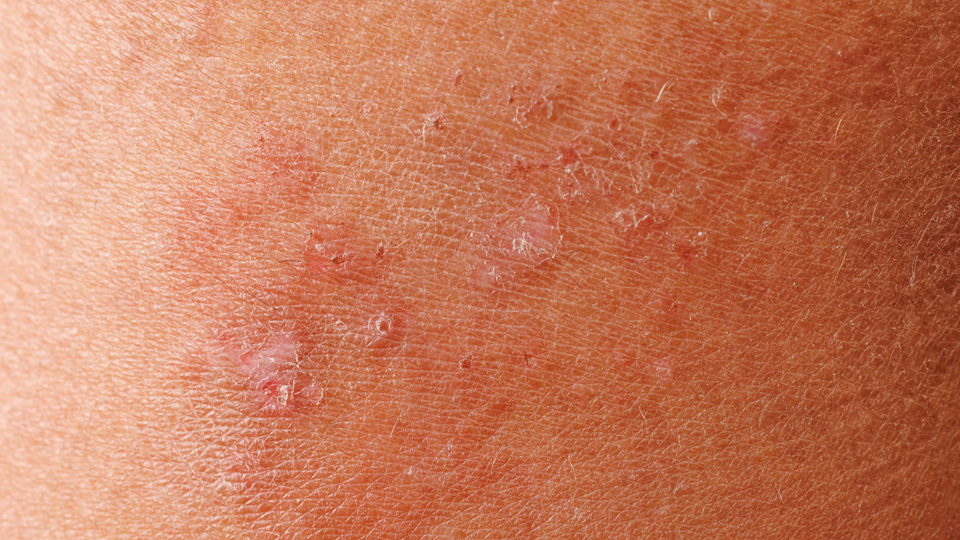Two NEA Ambassadors, One Powerful App
How NEA's free EczemaWise app helped two members of the eczema community take control of their care.

Published On: Mar 19, 2025
Last Updated On: Mar 19, 2025
Over 10% of people in the U.S. have some form of eczema, which include atopic dermatitis, the most prevalent form, as well as contact dermatitis, chronic hand eczema, dyshidrotic eczema, nummular eczema, atopic neurodermatitis, stasis dermatitis and seborrheic dermatitis.
In previous studies of its patient community, the National Eczema Association (NEA) research team noted frequent reports of more than one eczema type. However, this finding was not well-documented in research publications.
In a new research letter published in the Journal of Investigative Dermatology (JID), NEA aimed to evaluate the prevalence and co-occurrence of different forms of eczema using the large data set of the All of Us national patient database. The All of Us Research Program is supported by the National Institutes of Health (NIH) and includes electronic health records, questionnaires and bio-specimens for a diverse U.S. cohort.
“Understanding the co-occurrence of eczema types is critical to mitigating patient burden and optimizing comprehensive treatment strategies,” said Allison R. Loiselle, co-author of the study and associate director, data science & research at NEA. “Our findings underscore the need for real-world evidence of treatment effectiveness, especially when multiple skin conditions coexist.”
This research looked at how often people with eczema have more than one type of eczema at the same time (co-prevalence) and how different forms of eczema overlap. Among the key findings, the study highlighted that nearly 1 in 5 adult eczema patients may have multiple eczema conditions. Of those with more than one type of eczema, the most common co-occurring types were: atopic dermatitis and seborrheic dermatitis (25.9%); allergic contact dermatitis and seborrheic dermatitis (15.3%); and atopic dermatitis and allergic contact dermatitis (13.8%).
The research letter suggests that future research prioritize understanding the effectiveness of treatments for patients with multiple skin conditions to improve personalized care and management strategies for eczema.